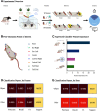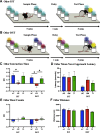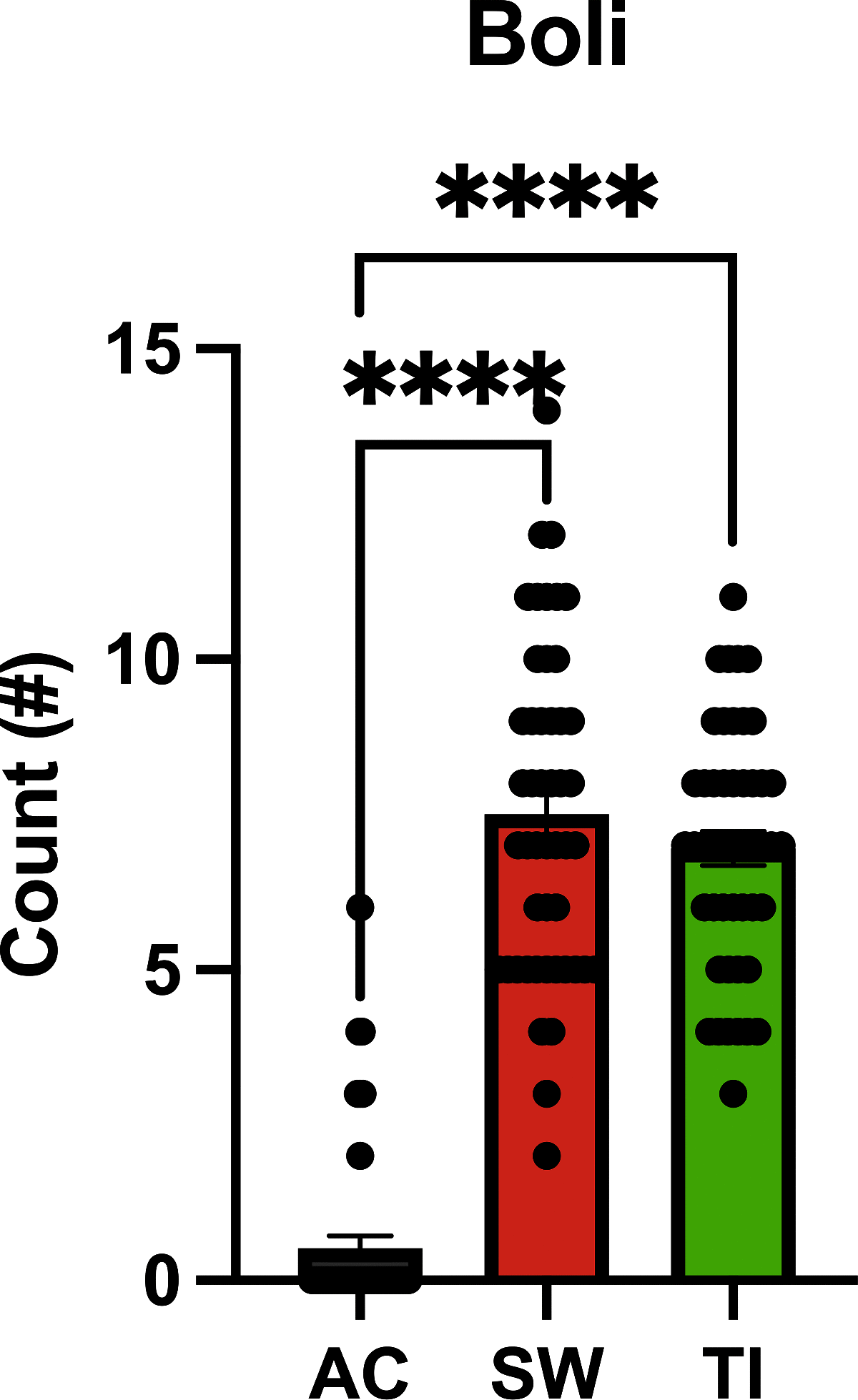High-THC Cannabis Smoke Impairs Incidental Memory Capacity in Spontaneous Tests of Novelty Preference for Objects and Odors in Male Rats
- PMID: 37973381
- PMCID: PMC10714893
- DOI: 10.1523/ENEURO.0115-23.2023
High-THC Cannabis Smoke Impairs Incidental Memory Capacity in Spontaneous Tests of Novelty Preference for Objects and Odors in Male Rats
Abstract
Working memory is an executive function that orchestrates the use of limited amounts of information, referred to as working memory capacity, in cognitive functions. Cannabis exposure impairs working memory in humans; however, it is unclear whether Cannabis facilitates or impairs rodent working memory and working memory capacity. The conflicting literature in rodent models may be at least partly because of the use of drug exposure paradigms that do not closely mirror patterns of human Cannabis use. Here, we used an incidental memory capacity paradigm where a novelty preference is assessed after a short delay in spontaneous recognition-based tests. Either object or odor-based stimuli were used in test variations with sets of identical [identical stimuli test (IST)] and different [different stimuli test (DST)] stimuli (three or six) for low-memory and high-memory loads, respectively. Additionally, we developed a human-machine hybrid behavioral quantification approach which supplements stopwatch-based scoring with supervised machine learning-based classification. After validating the spontaneous IST and DST in male rats, 6-item test versions with the hybrid quantification method were used to evaluate the impact of acute exposure to high-Δ9-tetrahydrocannabinol (THC) or high-CBD Cannabis smoke on novelty preference. Under control conditions, male rats showed novelty preference in all test variations. We found that high-THC, but not high-CBD, Cannabis smoke exposure impaired novelty preference for objects under a high-memory load. Odor-based recognition deficits were seen under both low-memory and high-memory loads only following high-THC smoke exposure. Ultimately, these data show that Cannabis smoke exposure impacts incidental memory capacity of male rats in a memory load-dependent, and stimuli-specific manner.
Keywords: cannabinoid; machine learning; recognition memory.
Copyright © 2023 Barnard et al.
Conflict of interest statement
R.B.L. is a member of the Scientific Advisory Board for Shackleford Pharma Inc.; however, this company had no input into this research study. All other authors declare no competing financial interests.
Figures






References
-
- Baglot SL, Hume C, Petrie GN, Aukema RJ, Lightfoot SHM, Grace LM, Zhou R, Parker L, Rho JM, Borgland SL, McLaughlin RJ, Brechenmacher L, Hill MN (2021) Pharmacokinetics and central accumulation of delta-9-tetrahydrocannabinol (THC) and its bioactive metabolites are influenced by route of administration and sex in rats. Sci Rep 11:23990. 10.1038/s41598-021-03242-7 - DOI - PMC - PubMed
Publication types
MeSH terms
Substances
LinkOut - more resources
Full Text Sources
